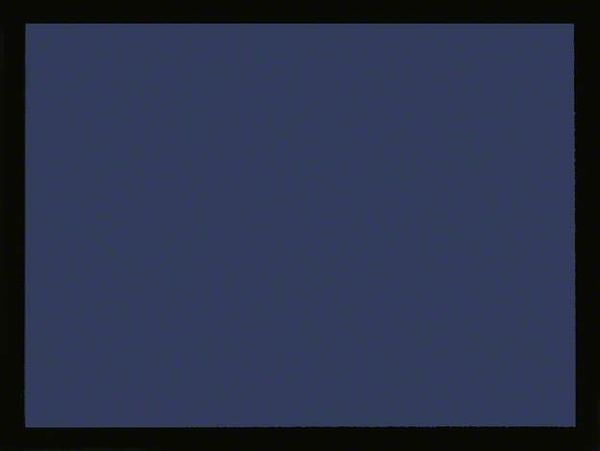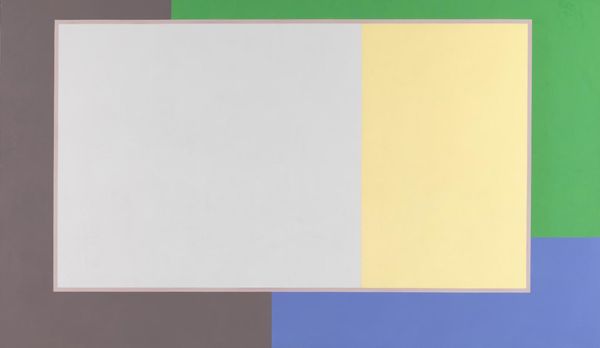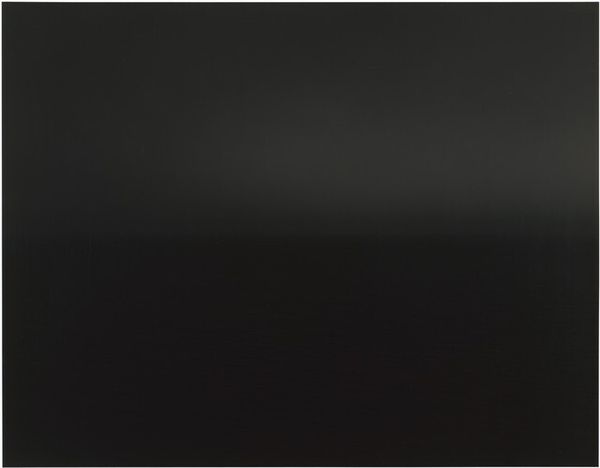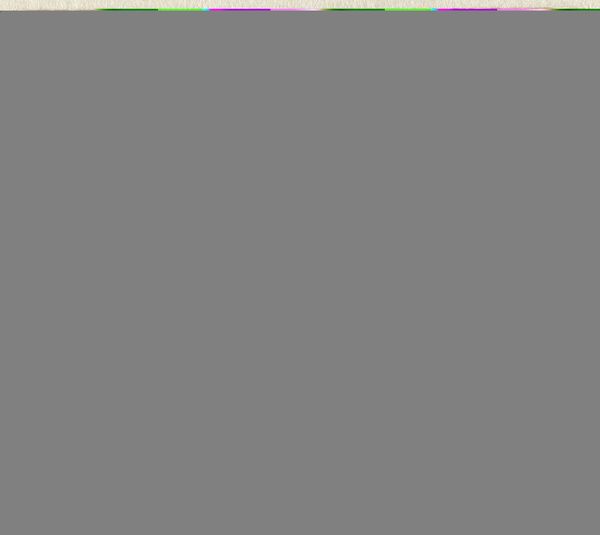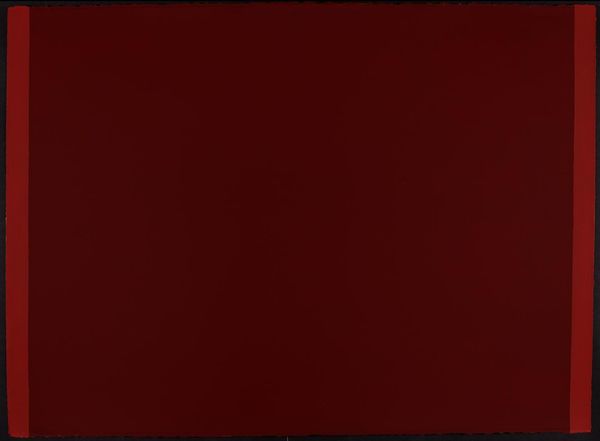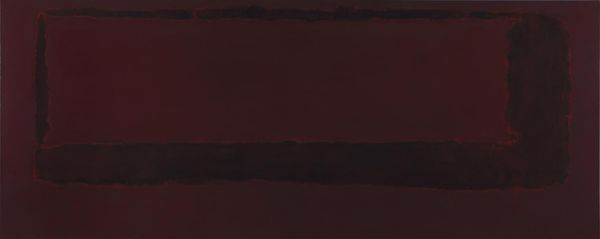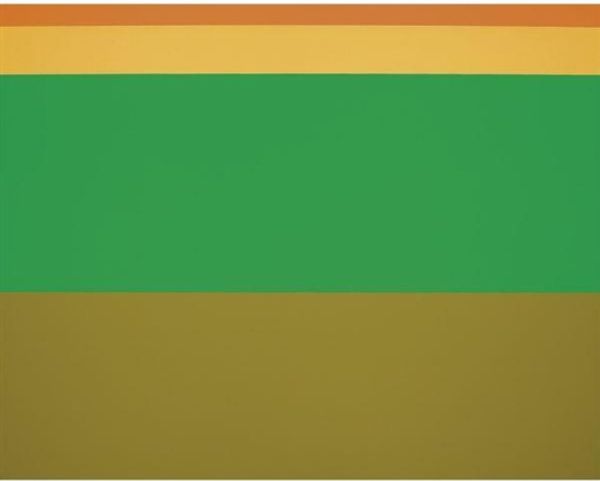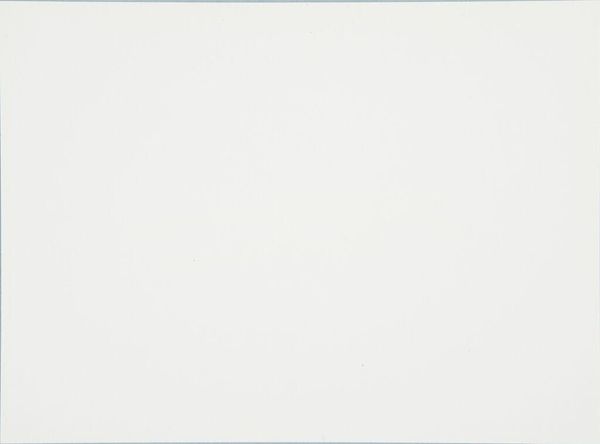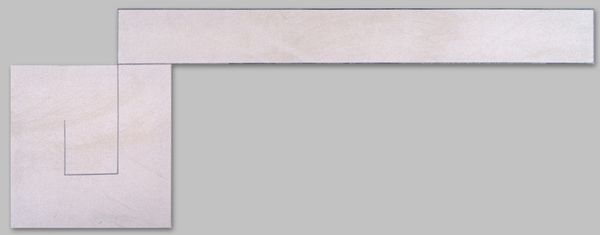
acrylic-paint
#
washington-colour-school
#
abstract expressionism
#
op art
#
colour-field-painting
#
acrylic-paint
#
geometric
#
abstraction
#
line
#
abstract art
#
modernism
#
hard-edge-painting
Dimensions: overall: 76.2 x 549 cm (30 x 216 1/8 in.)
Copyright: National Gallery of Art: CC0 1.0
Editor: Here we have Kenneth Noland's "Sound," created around 1966, using acrylic paint. I'm immediately struck by the calmness of the piece. It’s such a simple arrangement of horizontal bands. How do you interpret this work, especially considering the social context of the time? Curator: That tranquility you observe is deceptive. Noland, working amidst the Civil Rights Movement and escalating Vietnam War protests, engaged in hard-edge painting and Colour Field painting. What do you make of the complete absence of a focal point, of recognizable figuration, and, as you put it, its sheer calmness? Editor: It feels almost detached from reality, like a retreat into pure aesthetics. Was this intentional? Curator: In part, yes. Noland and other artists like him explored pure abstraction, seemingly disconnected from the socio-political turbulence. However, consider the minimalist nature, the large scale, and the use of color. Could this also be a silent rebellion against established norms? Do you think that removing all representational elements challenged the viewers and, by extension, the status quo? Editor: That's an interesting thought. Maybe the simplicity itself was a statement, forcing viewers to confront their own perceptions and biases, rather than offering easy answers. Curator: Exactly! It reflects a broader societal questioning of values and priorities. Noland's abstraction pushes against traditional power structures in the art world itself and, arguably, by extension, against rigid social structures too. The cool distance, I think, isn't apathy, but an invitation for critical engagement. Editor: I never would have considered that! I initially saw it as purely formal, but I now see the potential for it being a catalyst for questioning and dialogue. Curator: And that, ultimately, is what art should inspire: dialogue and critical reflection, on both the work and ourselves.

